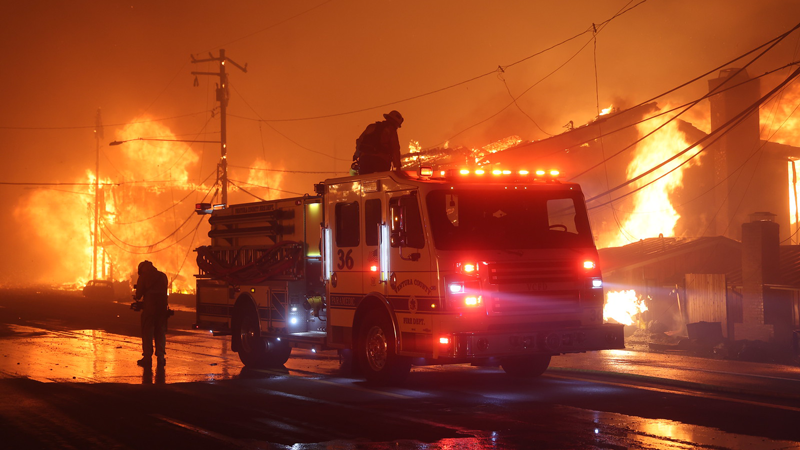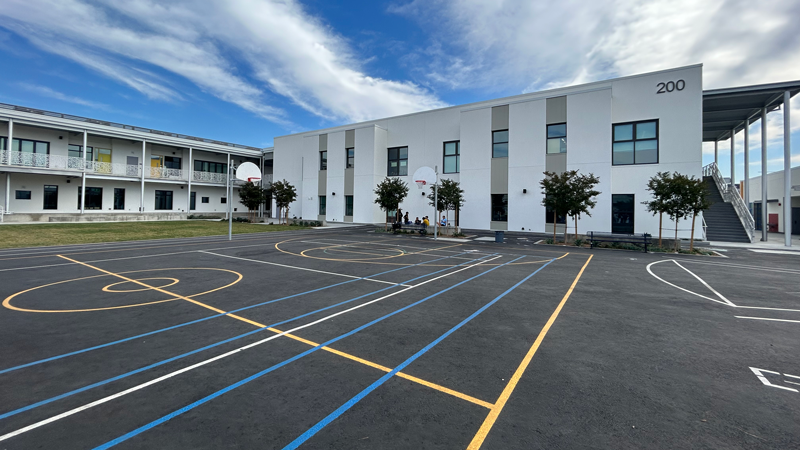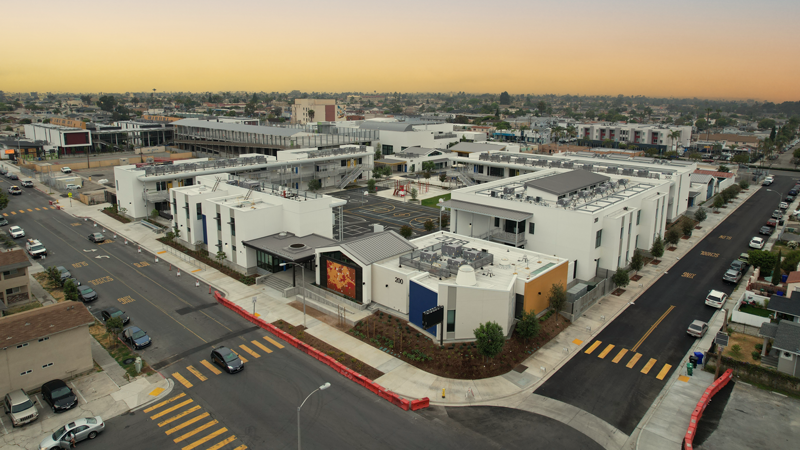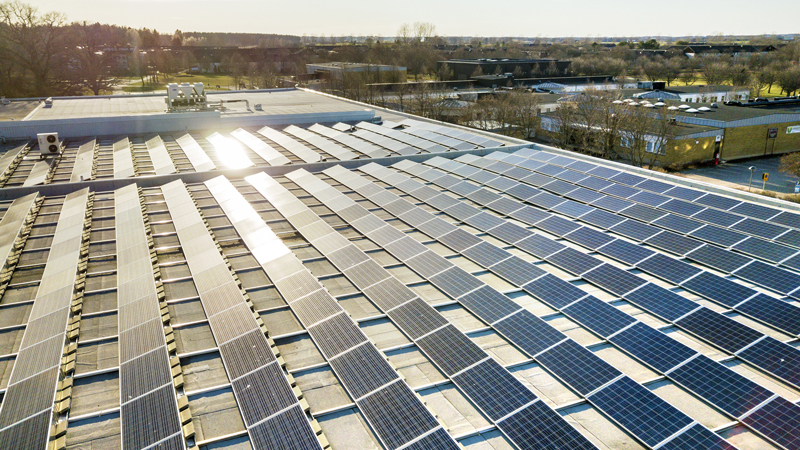3.0 minute read
February 20, 2025
A Safe Haven Amid Discrimination
The unincorporated community of Altadena, located in Southern California, has a unique history as a predominantly Black community, standing in contrast to its neighboring cities. While surrounding areas enforced discriminatory practices like redlining—which prevented Black individuals from purchasing homes in many neighborhoods—Altadena became a refuge for Black residents during the mid-20th century.
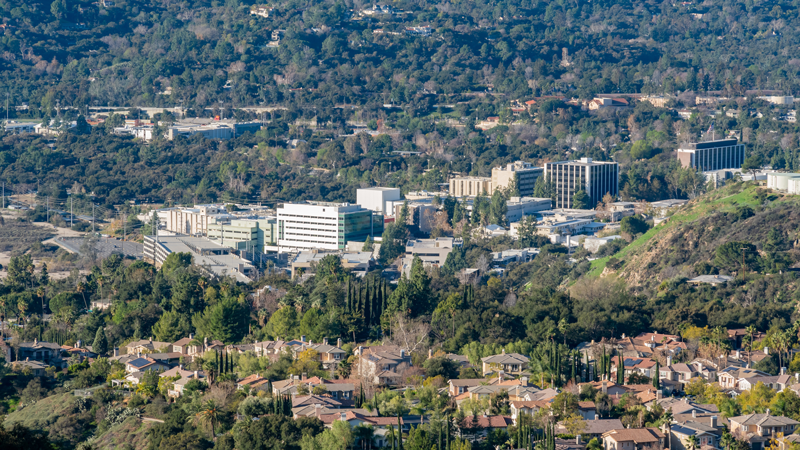
The Rise of a Thriving Black Middle Class
In the early 1900s, Altadena was mostly rural, but by the 1960s and 1970s, it attracted a significant Black population, partly due to restrictive housing policies nearby. Altadena Meadows was one of the few areas exempt from redlining, ultimately becoming a middle-class Black neighborhood.
Between 1960 and the mid-1980s, Black residents increased from 4% to 43%.
Amid race-based discrimination in surrounding cities, Black families found a sense of community and ownership in Altadena, even as they faced segregation in other aspects of life. Over time, Altadena developed a strong Black middle-class community, with businesses, schools, and social organizations serving the community’s needs.
The Lasting Impact of Redlining and Discrimination
The legacy of redlining in the region prevented many Black families from accessing housing opportunities, pushing them toward Altadena, which remained more accessible and welcoming. Despite these challenges, Altadena became home to notable Black residents and has maintained a rich cultural history shaped by these social and political dynamics.
Although redlining—the discriminatory practice of mortgage lending—was outlawed in 1968 by the Fair Housing Act, racial discrimination in certain communities continued beyond the 1970s. In 1970, the region was the first outside of the South to be ordered by the federal government to desegregate its public schools. In the last 25 years, Altadena’s Black population began to decline as integration into surrounding cities started to rise. Today, Altadena is a proud, diverse, and resilient community.
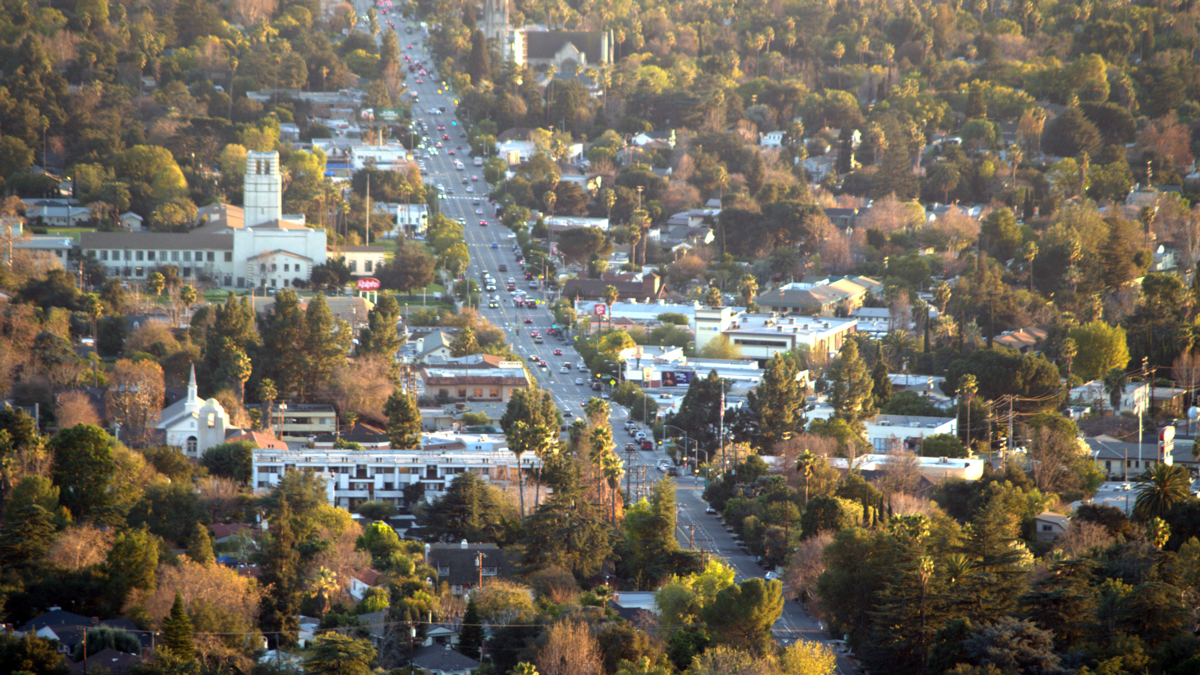
Staying Unincorporated
Residents of Altadena have historically chosen to keep their community unincorporated for several reasons. Many prefer the flexibility and control that come with being an unincorporated area. Altadena possesses a special sense of community—a unique, small-town atmosphere that some residents are determined to preserve.
The desire to maintain local control, avoid financial burdens, preserve neighborhood character, and continue receiving county services are central reasons why many residents of Altadena have resisted incorporation.
Wildfires and the Risk to Black Cultural Heritage
Recent wildfires have threatened the identity, charm, and preservation of Altadena’s historic core. The impact on Black culture in Altadena is intertwined with both the physical and social aspects of the community. While Altadena is diverse, its Black residents have a rich cultural history that ties into the broader identity of the area. The Eaton wildfires have affected this community in several ways.
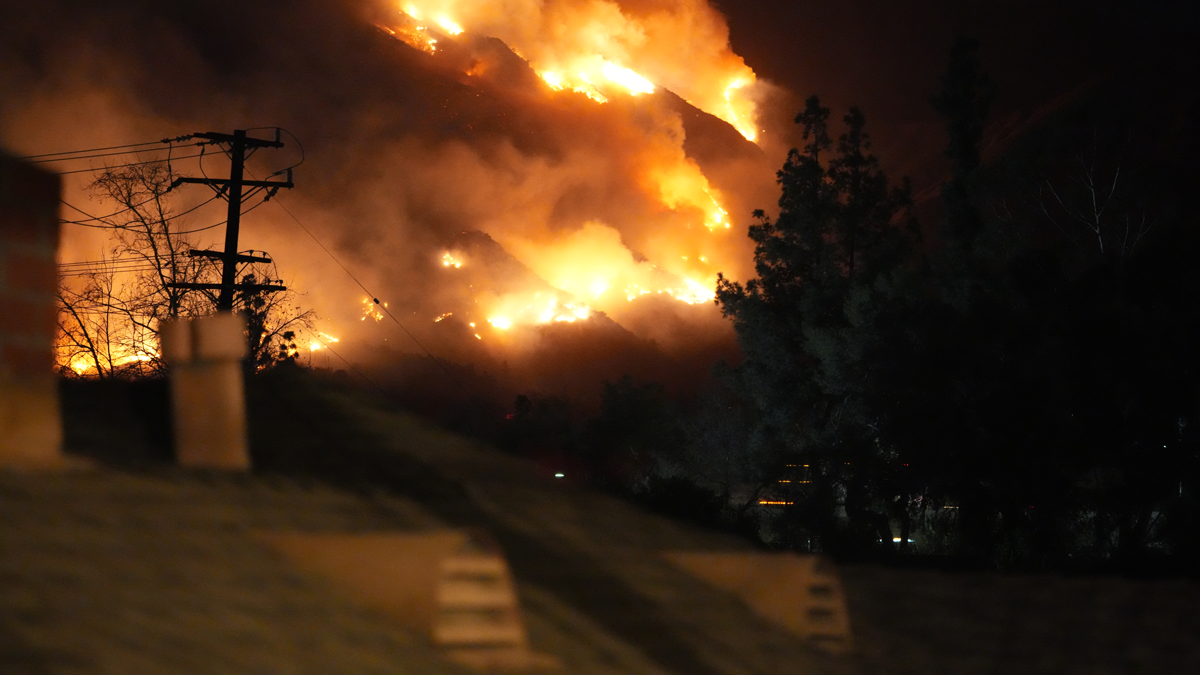
Wildfires have caused displacement, economic strain, and loss of cultural spaces, raising concerns about the erosion of Black heritage and the risk of gentrification. The high cost of rebuilding threatens to force longtime residents out permanently, further altering the community’s historic fabric. Yet, despite these challenges, Altadena’s Black community continues to show deep resilience, rallying together to support recovery efforts and preserve the unique and rich cultural identity of the area.
Honoring Altadena’s Legacy and Supporting Its Future
As we celebrate Black History Month, join me in honoring the history of Altadena, CA and expressing our enduring support to the community in its recovery and rebuilding efforts.


